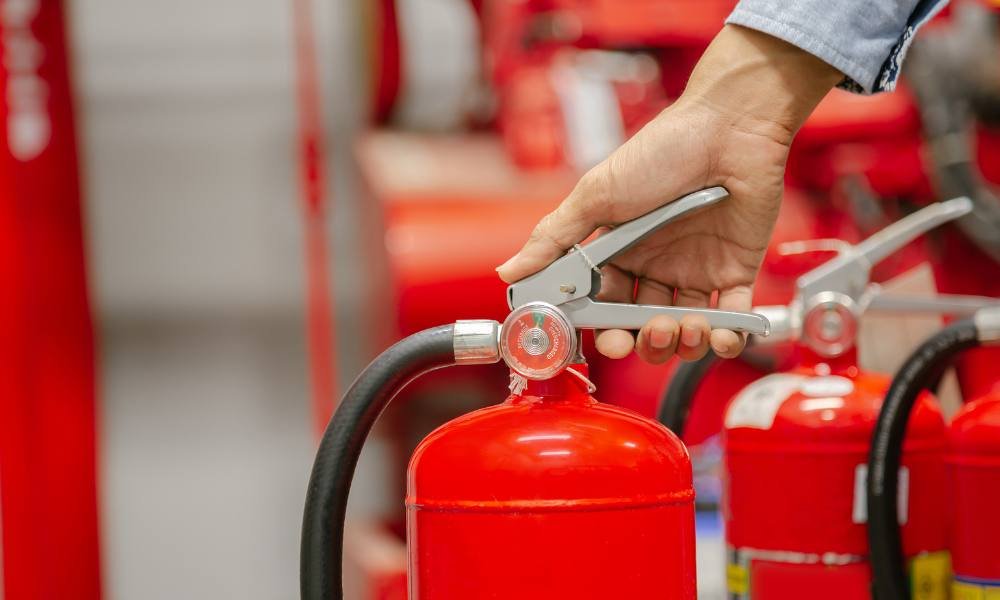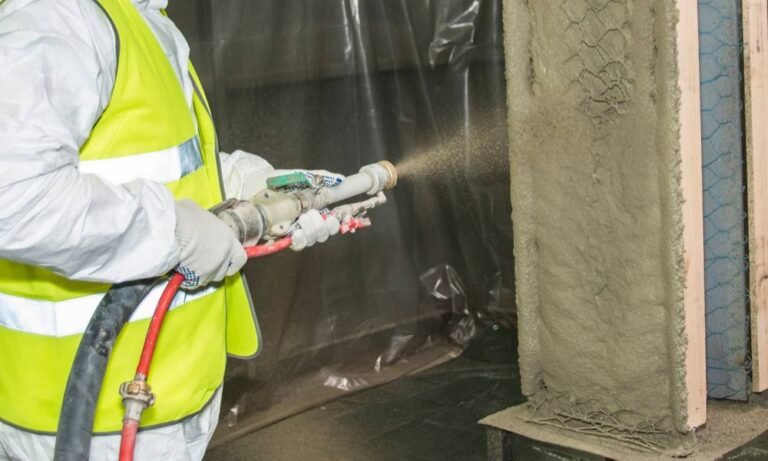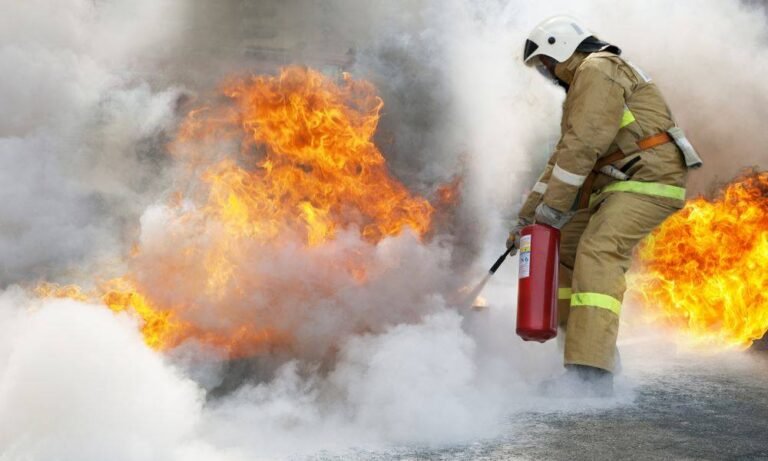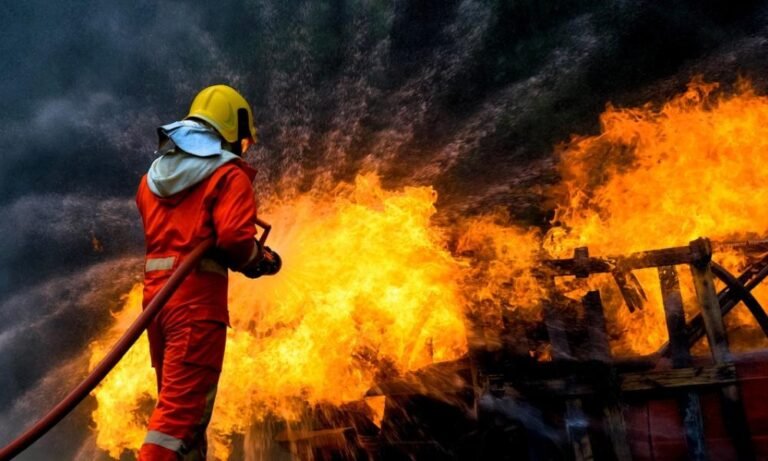Estimated reading time: 5 minutes
Fire safety is often misunderstood. Many people assume that having smoke alarms and fire extinguishers means their property is fully protected. In reality, fire prevention and fireproofing serve different roles, and knowing how they work together is key to reducing risk.
I’ve worked in fire protection for years, and I’ve seen how a well-rounded safety plan makes all the difference. Whether you’re a homeowner, business owner, or building manager, understanding these strategies can help create a stronger line of defense against fire hazards.
What You’ll Learn Here
- How fire prevention works to reduce fire risks.
- How fireproofing helps control damage once a fire starts.
- The key differences between the two.
- Why combining both strategies is the best approach.
- Common myths that can put your property at risk.
Fire Prevention: Stopping Fires Before They Start
Fire prevention is all about reducing risks and eliminating hazards before a fire ever has a chance to ignite.
1. Identifying Fire Hazards
Preventing a fire starts with controlling its fuel source and environment. Common risks include:
Faulty electrical wiring and overloaded circuits.
Flammable materials stored improperly.
Open flames left unattended in kitchens, fireplaces, or workspaces.
Poorly maintained heating equipment.
2. Fire Prevention Systems
Fire prevention involves both active and passive safety measures:
- Active Prevention: Systems that detect risks or stop fires in their early stages. Examples:
- Smoke and carbon monoxide detectors.
- Alarm systems that provide early warnings.
- Fire safety training for occupants and employees.
- Passive Prevention: Steps that minimize the chance of ignition. Examples:
- Regular inspections of electrical systems and heating units.
- Safe storage of flammable chemicals and materials.
- Enforcing smoking restrictions and designated smoking zones.
3. Fire Drills and Evacuation Plans
Preventing fires is ideal, but having a plan for when prevention fails is just as important. Fire drills and clear evacuation routes help ensure safety if a fire does break out.
Want to know if your property is at risk? Check out these signs you may need fireproofing services.

Fireproofing: Controlling Fire Damage
While prevention stops fires before they start, fireproofing (or passive fire protection) is what keeps people and buildings safe when a fire does occur. It focuses on containing flames, slowing their spread, and reducing structural damage.
1. Fire-Resistant Materials
Fireproofing relies on materials that withstand high temperatures and slow down combustion. Some examples include:
Intumescent coatings – These special paints expand when exposed to heat, creating an insulating barrier.
Cementitious fireproofing – A spray-applied material that protects steel beams from extreme heat.
Fire-resistant insulation – Slows heat transfer, helping prevent structural collapse.
Curious about how these materials work? Explore the science behind fireproofing.
2. Fireproof Barriers & Compartmentalization
Buildings use fire-resistant barriers to keep fire from spreading. These include:
- Fire-rated walls and doors that contain flames within specific areas.
- Sealing materials to block fire from passing through cracks or air ducts.
- Heat-resistant ceilings and floors that prevent vertical fire spread.
3. Passive Fire Protection Systems
Unlike active systems like sprinklers, passive fireproofing doesn’t need to be triggered to work. It’s always in place, offering continuous protection.
For those managing commercial properties, fireproofing can also help lower insurance costs.
Key Differences Between Fireproofing and Fire Prevention
| Feature | Fire Prevention | Fireproofing |
| Purpose | Stops fires from occurring. | Limits damage after a fire starts. |
| Methods Used | Inspections, training, smoke detectors, fire safety rules. | Fire-resistant materials, coatings, insulation, barriers. |
| Active or Passive? | Active – Requires action to be effective. | Passive – Works continuously without activation. |
| Goal | Eliminate fire risks. | Buy time for safe evacuation and firefighting. |
Both methods are essential for a complete fire safety plan. Prevention keeps fires from starting, while fireproofing ensures the building withstands the heat if prevention fails.
Why Both Fireproofing and Fire Prevention Are Necessary
1. Fires Are Unpredictable
No matter how careful you are, fires can still happen. Faulty wiring, lightning strikes, and accidents can all lead to unexpected blazes. Fireproofing ensures your building can withstand those situations.
2. Fire Safety Codes Require a Combination of Both
Most fire safety regulations require prevention measures (alarms, detectors) and passive fireproofing (fire-rated materials, barriers). Compliance with these codes isn’t optional—it’s necessary for safety and legal reasons.
If you’re unsure whether your fire protection meets code requirements, fireproofing inspections can help.
Common Myths About Fireproofing and Fire Prevention
“If I Have Fire Alarms and Sprinklers, I Don’t Need Fireproofing.”
Fire alarms alert you, but they don’t stop a fire from spreading. Sprinklers help but may not be enough to protect the structure.
“Fireproofing Makes a Building Completely Fireproof.”
Fireproofing slows down fire damage but doesn’t make a structure invincible. It buys time for evacuation and firefighting efforts.
“Fireproofing is Only for Commercial Buildings.”
Homes also benefit from fire-resistant insulation, fire-rated drywall, and treated wood to slow fire spread.

The Future of Fire Safety: Innovations in Prevention and Fireproofing
Fire safety technology is advancing, making buildings safer than ever. Some exciting developments include:
Smart Fire Detection – AI-powered sensors that detect heat, smoke, and gas leaks faster than traditional alarms.
Eco-Friendly Fireproofing – New non-toxic, sustainable fire-resistant materials that protect without harmful chemicals.
Self-Healing Fireproof Coatings – Future materials that repair themselves after exposure to heat.
Looking for greener fire protection? Check out eco-friendly fireproofing solutions.
Final Thoughts: The Best Fire Safety Plan Uses Both
Relying on just fire prevention or just fireproofing isn’t enough. The safest buildings use both strategies together—reducing risks while ensuring structures can withstand fire if prevention fails.
If you own or manage a building, now is the time to evaluate your fire safety plan. Are your prevention systems up to date? Do you have proper protective measures in place? Investing in both could mean the difference between a controlled fire and a devastating disaster.



